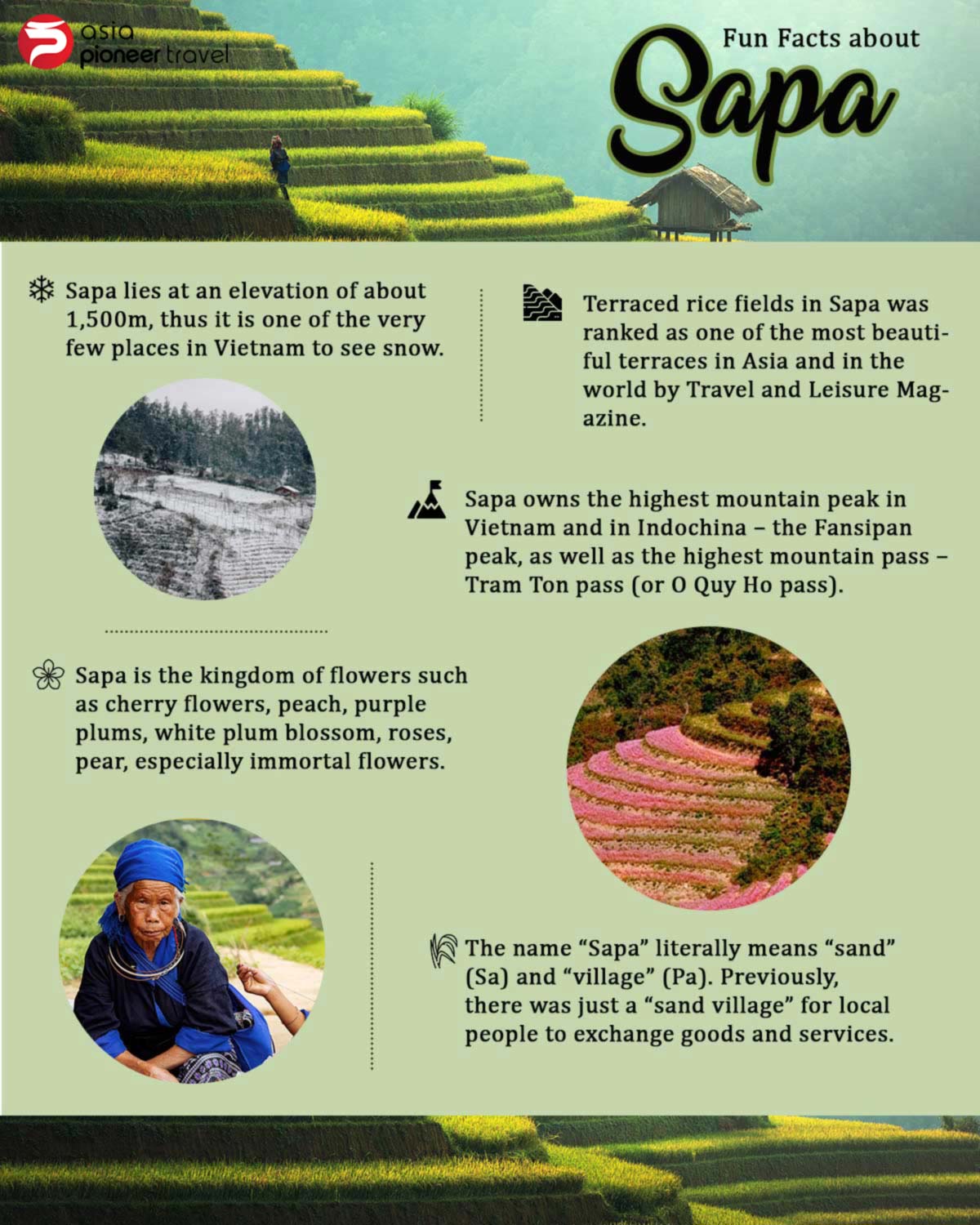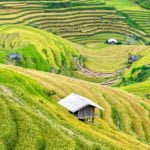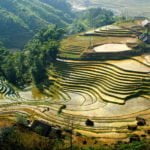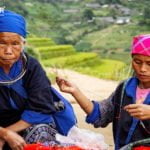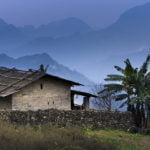Q&A about Sapa
Due to its high location on the mountain, Sapa is an ideal spot for retreat, especially during summer with the scorching sunlight. The climate of Sapa is highly seasonal, with a subtropical climate in the summer and a temperate climate during the winter.
The best seasons to see the beautiful town of Sapa are from March – May and from mid-September to early December.
The ethnic groups start planting rice in March, thus you will see the lush terraced fields when travelling in Sapa during March and the next two months. Also, it’s spring time so you can admire this beautiful region under the sunny weather with a mild temperature (15-25 degree Celsius). Moreover, this is considered a good season for outdoor activities like trekking, hiking or driving around on a motorbike.
June – August is the rainy season as well as a high season for the domestic market because this is time for summer break. The locals visit Sapa for a holiday with cool weather, thus there will be crowds, on the other hand, a number of events are organized to attract tourists to the town.
Mid-September to early December, Sapa sees cool and dry weather. This kind of weather is perfect for photography and trekking. Not only that, the region portraits a very different picture from its green landscape in March-May. Mid-September marks the beginning of the harvest season, and you can admire the picturesque golden rice terraced fields that grace along the mountainsides.

From Hanoi, you can travel to Sapa by train or car.
Traveling by train takes about 8-9 hours and the train only stops in Lao Cai, the province which Sapa belongs to. It then takes another hour to get to Sapa from Lao Cai station.
There are many tourist trains operating the route from Hanoi. You can choose Vietnam Railways or private operators.
* Trains often depart between 8 PM and 10 PM. You can catch a good sleep before waking up and looking outside to the striking mountain scenery at dawn.
* Day trains are available as well yet they are not as comfortable as night trains. They also take more time to travel as they make more stops.
* Ticket for a night train is $35-180/person/way.
* Ticket for a day train ranges from $10-20/person/way.
There are daily buses departing from Hanoi at 6:30 AM or 10 PM. One way trip Hanoi – Sapa takes about 6 to 7 hours.
Traveling by bus is both fast and it goes direct to Sapa without stopping in Lao Cai as by train. If you take a private car ride, you can even reach Sapa in 5 hours.
Another way is to get there with a private car, especially if you’re travelling with a group or family, this will be more convenient and economical as well. There are several businesses that offer luxury services with limousine cars for your best comfort.
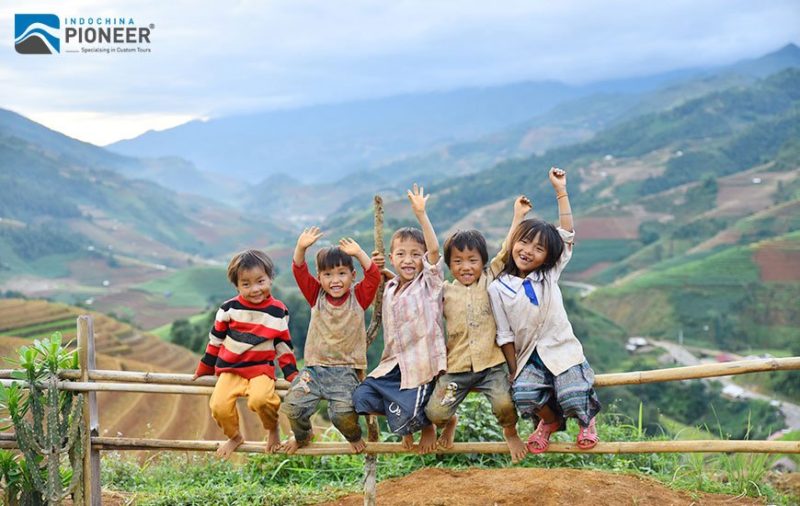
We recommend a stay of 3-4 days in Sapa. The train ride from Hanoi to Sapa can make you a little tired so the minimum should be 3 days to enjoy this town thoroughly. For 3 days, you can complete a short trek and explore other parts of the region, and 4 days if you prefer a nice break before continuing travelling to other destinations in Vietnam.
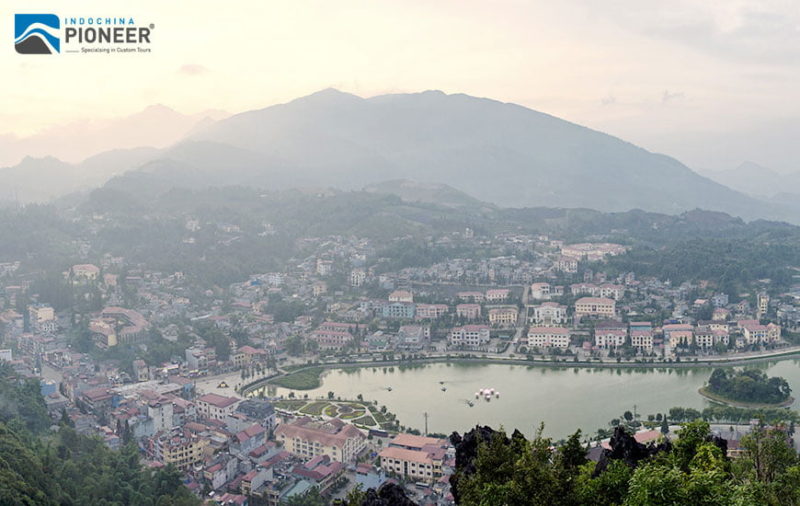
The list of items depends on the season that you are visiting. For summer, pack light –your identity card, cash, t-shirts, trousers or shorts, sun hat, swimwear (optional), a lightweight waterproof jacket, an umbrella, necessary medical supplies, insect repellent, sun protection, sunglasses, and camera. If the trip happens in winter, don’t forget to bring sweaters, winter coats, gloves as it can get cold with the temperature around 10 Celsius degree or lower.
For trekking, besides the items listed above, ensure that you have a pair of sports shoes with a good grip (the path can be muddy and slippery sometimes), hat, scarves, light jacket, earplugs bandaids and bug spray.

There are quite a number of homestays in Sapa as people adapt to the growth of tourism in the area. And homestays in Sapa generally deliver a good service, many of our travellers have had a great time staying with the host. It is easy to find a quiet and lovely homestay which is not even 15 minutes walking from the town centre. The rooms are inspired by the style of ethnic houses, and they usually offer picturesque scenery and tasty food. For trekking, homestays are also the more popular choice.
But there’s nothing wrong if you want to relax in a hotel in Sapa. There are plenty of them – from 3* to 5* hotels, and the price range is wide, so you will definitely find something for your preference. Most of the accommodations are located near the centre, making it convenient to get around. They may also have breakfast included or voucher for a massage session, which you may find useful after a trek in Sapa.
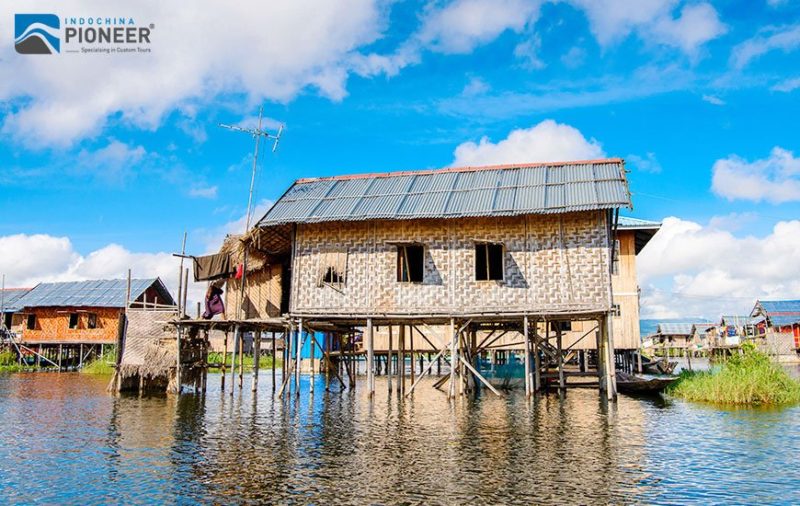
The answer is yes! While Sapa has been a rising destination for trekking, there are still many activities to check off the budget list for a family with kids here. Your kids will have fun, learn new things, and have the chance to communicate with ethnic minorities.
Here are some suggested activities for a family with kids:
– Get on a cable ride to see the Fansipan peak. Your kids will absolutely love this. An exciting cabin ride will take your whole family up to the Fansipan peak, which else known as the roof of Indochine.
– Wander the town centre and around the Sapa lake
– Explore villages of the ethnic minorities
– Visit Bac Ha market – This is a Sunday local market where people from different tribal groups come for trading.
Sapa is home to five ethnic minorities of Vietnam: H’mong (pronounced ‘mong’), Dao (pronounced as ‘yao’), Tay, Giay (pronounced as ‘zai’), Hoa (ethnic Chinese), and Xa Pho (a sub-set of the Phu La minority group). Many of these people share the same traits with their brothers and sisters living in southern China. Each group has a fantastic history and magical culture that will surely spark your curiosity.
Most of the ethnic minority people work their land on sloping terraces since the vast majority of the land is mountainous. Their staple foods are rice and corn. Today they also make items like ethnic clothing and blankets to sell to tourists, and some open homestays as well.
Eating Sapa, you have a chance to taste the unique dishes which feature the flavor of the Northwestern region. Perhaps not all of them will impress you, but this remains a memorable experience for travellers coming to Sapa. Here are the most popular dishes that you may want to try:
– Xoi Bay Mau (seven-color sticky rice)
– Com Lam (bamboo sticky rice)
– Thang Co (horse meat soup)
– Grilled or roasted pork
– Salmon hotpot
– Wine from assam apples
On the other hand, the town of Sapa welcomes thousands of foreign travellers visiting it every year, thus you should have no trouble finding good Western restaurants when you miss your food from home.
Almost every day of the week in the area around Sapa, the local hill tribes will gather for their weekly market. Whether you wish to do some shopping at these markets or not, it is still a nice idea to visit 2 or 3 of them to understand more about the local life.
On Tuesday, there is Coc Ly Market, a small gathering of the Flower Hmong, Black Zao, Nung and Tay minorities. Wednesday is the market day in the hamlet of Cao Son, in the Muong Khuong District of Lao Cai Province. For Thursday, you can make a trip to Lung Khau Nhin Market – one of the most traditional markets near Sapa.
One of Vietnam’s most interesting markets, the unique gathering at Can Cau takes place every Saturday. Groups such as the Flower H’mong, Black Zao, Tay and Phu La travel here to trade and socialize. And on Saturday evening, the famous ‘Love market’ is held in the town centre. Back in the old days, this was where boys and girls from the surrounding valleys would have come in search of partners. Bac Ha market is held on Sunday, and it’s the largest gathering of the tribal people in this region.
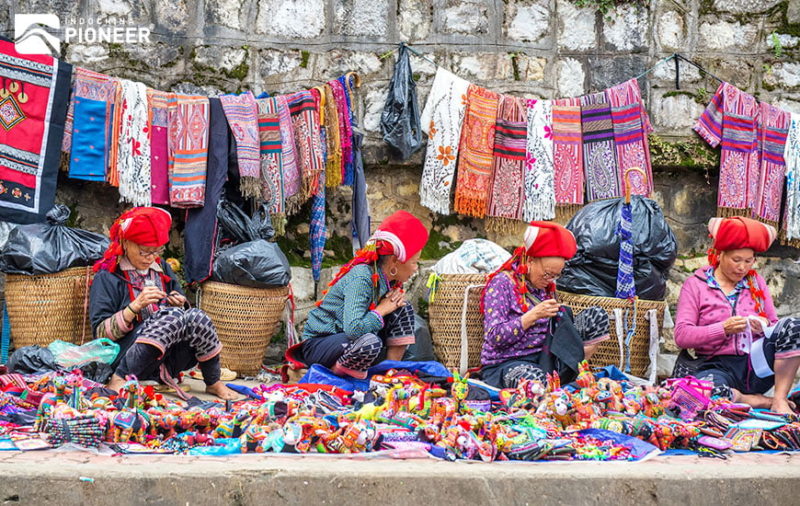
Treks in Sapa are suitable for people with different fitness levels, from easy to hard.
– For easy routes, you can look for treks from Sapa town – Ta Phin and Cat Cat village, trek to Lao Chai village.
– Moderate routes are usually treks that pass through Muong Hoa valley with a lot of up and downhills. You will pass the Lao Chai valley, Ta Van village, or Hau Thao village on the way. Travellers spend around 2 days for a moderate trek in Sapa.
– The most challenging route is the trek from Sapa town to Fansipan peak, which usually takes 3 days to finish.
Bucket List

Explore the tribal villages

Trekking & Conquer the Rooftop of Indochina

Rent a motorbike and drive around
Fun Facts of Sapa
